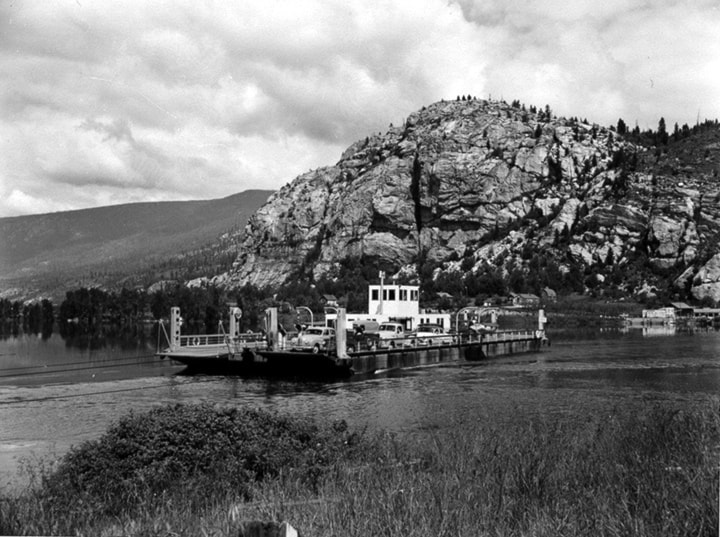Thirty-first in a roughly alphabetical series on West Kootenay/Boundary place names
For the past two weeks, we’ve been looking at Castlegar, which townsite founder Edward Mahon named in 1897 for his Irish ancestral home — a fact locals swiftly forgot. Several alternate theories emerged:
• That during railway construction, a building resembled Castle Garden, the 19th century New York immigration port, which led to the shortened Castlegar.
• That ‘Castle’ referred to a prominent rock formation overlooking Robson (otherwise known as the Lion's Head) and gar was Gaelic for ‘rock.’ However, gar does not mean rock in Gaelic.
• That ‘Castle’ was for the Castle Rock, but ‘gar’ was after Algar Johnson, an early settler, sometimes nicknamed ‘Gar.’
• That two homesick CPR engineers, Sullivan and Murphy, named a water tank Castlebar, after the capital of County Mayo, Ireland. A mapping error somehow changed it to Castlegar.
It was also suggested Castlegar might have been named directly after a place in Ireland, but usually assumed the namesake was a community in County Galway, not the Mahon estate.
Only once was the true origin hinted at locally: the Castlegar News’ 1967 centennial edition told of Robson resident J. Heslop, who visited the manor in Ireland and met George “Mahan” — Edward's nephew.

The mystery persisted despite several dead giveaways. When Edward died in 1937, his Vancouver Sun obituary explicitly stated Castlegar was named for his family seat.
In the 1970s, Edward's son Bryan visited Castlegar with his family but was dismayed that no one seemed to know or care how the city got its name.
In 1988, Eleanore Dempster wrote The Laughing Bridge: A Personal History of the Capilano Suspension Bridge, which also said Edward Mahon named Castlegar, but locals failed to notice.
In fact, it wasn’t until 2002, when Phil Markin, the city’s director of development services, looked at the original townsite plan and found Edward Mahon listed as the owner that Castlegar’s founder began to receive his due.
Bryan Mahon died in 2005 but his wife Marolyn has since visited Castlegar a few times and received a much warmer reception.
Local historian Walter Volovsek last year published The Green Necklace: The Vision Quest of Edward Mahon, a comprehensive biography that devotes considerable space to Castlegar's early evolution. Using Mahon family artifacts, he also curated an exhibit in Castlegar and North Vancouver.
Edward Mahon didn’t live to see his beloved townsite flourish into West Kootenay’s second-largest city. The difficulties that stunted its development appear to have finally been resolved in the 1940s, when larger blocks were subdivided into housing lots. Today Mahon’s original townsite is mostly residential.
The 200-year-old home in Ireland that gave the city its name still stands, although it’s no longer in the family. The old stable is now a bed and breakfast.
Previous installments in this series
Applegrove, Appleby, and Appledale revisited
Bakers, Birds, and Bosun Landing
Bannock City, Basin City, and Bear Lake City
Boswell, Bosworth, Boulder Mill, and Broadwater
Brooklyn, Brouse, and Burnt Flat
Camborne, Cariboo City, and Carrolls Landing
